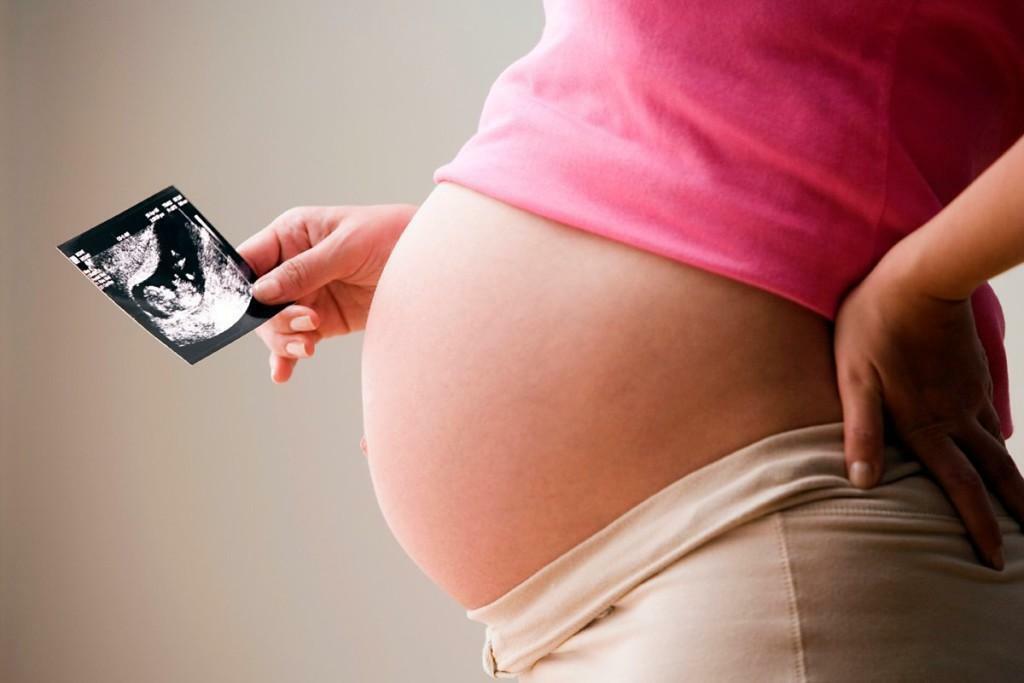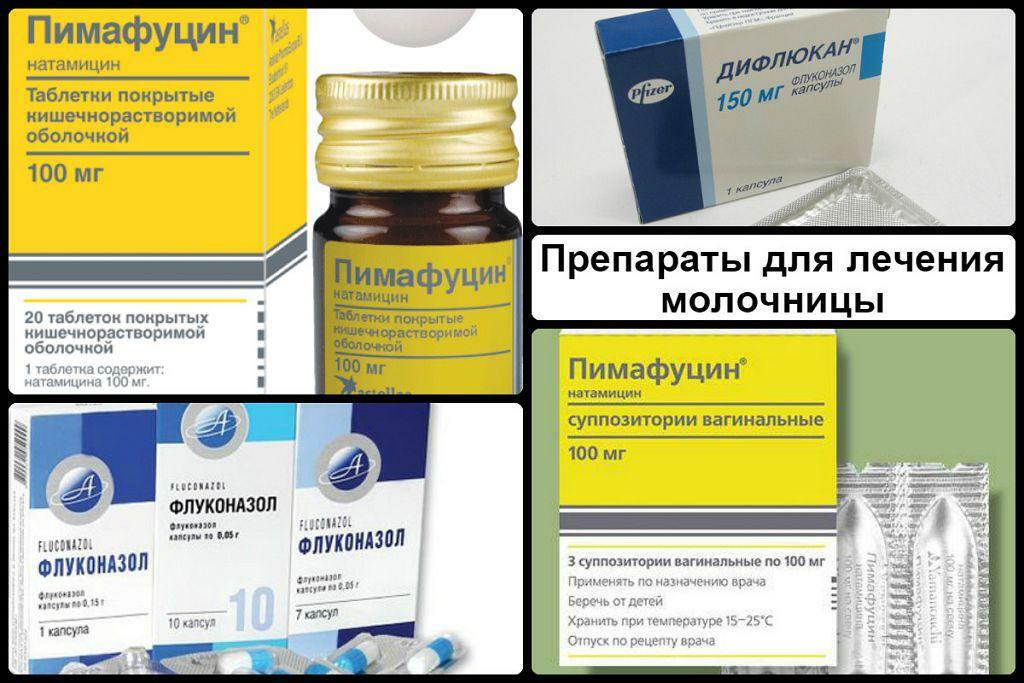aurococcus (Lat. Staphylococcus aureus) - opportunistic pathogen that when loosening the human immune system begins actively multiply and produce enterotoxins (substances that cause intoxication and inflammatory processes in intestine).
GENERAL
Staphylococcus aureus bacteria are one of the most aggressive microorganisms to humans. Usual for this type of bacteria is the habitat of the mucosa of the nasopharynx, aureus in the gastro-intestinal tract is less common.
Facts about bacteria:

- Staphylococcus aureus was called because of the golden hue of its colonies in the human body.
- The bacteria are highly resistant to environmental influences, a certain number of antibiotics and disinfectants.
- A quarter of the population of the Russian Federation is a temporary carrier of the pathogen.
- Most likely to be infected infants and the elderly.
- Staphylococcus aureus, its symptoms and treatment - an important chapter in medical practice, since it is usually harmless coexistence with other microorganisms of the intestinal microflora may at any time to address serious human health and life consequences.
CAUSES
The first causes of Staphylococcus aureus in the gut - eating food, which have long been in rooms with temperature control without the appropriate storage conditions.
The causes of infection:
- Alimentary mechanism hit - the neglect of personal hygiene rules after contact with feces and vomit of infected.
- An artificial mechanism of infection - incomplete sterilization of medical equipment.
- Insufficient qualification of medical staff during surgery.
- Failure to comply with the sanitary-epidemiological regime in medical institutions.
- Acute viral infections weakened immune system.
- The use of antibiotics without consulting with a specialist.
In rare cases, infection with Staphylococcus aureus can occur while swimming in stagnant water.
CLASSIFICATION
Staph infection in the intestines characterized by the following features.
Localization:
- Enteritis and enterocolitis - characterized by a gradual onset of symptoms; It has all the signs of colds.
- Poisoning - is characterized by severe; pronounced symptoms of food poisoning.
According to the degree of activity:
- First degree - there are no signs of pathological processes; treatment with strong immunity not required.
- Second degree - may show signs of lung abnormalities; in some cases antibiotic therapy is appointed.
- Third degree - can cause serious inflammation in the body; required antibiotic therapy.
- Fourth degree - revealed all the symptoms of Staphylococcus aureus in the intestines, often - in an acute form; assigned mandatory comprehensive treatment.
According to cause disease:
- Infectious.
- Intoxication.
SYMPTOMS
In adults the symptoms of S. aureus in the intestines manifested during the first 4-5 hours after infection, because of its short incubation period.
Clinical manifestations:

- vomiting, diarrhea;
- constant cutting pain in the abdomen;
- mucus and blood streaks in the stool;
- impaired or completely absent appetite;
- fever;
- skin rashes and ulcers;
- diaper rash;
- pneumonia;
- infectious processes in the gut;
- dysbacteriosis, flatulence;
- colic;
- severe fatigue;
- low blood pressure.
Rasplyvchivost and ambiguity aureus enteric symptoms require thorough diagnosis of the appropriate specialist.
DIAGNOSTICS
Diagnosis of Staphylococcus aureus in the intestine is based on two methods, which are preceded by a mandatory oral questioning of the patient and the taking of blood on an overall clinical analysis.
diagnosis methods:
- Microscopic - the method is used for pre-diagnosis of the disease; investigated preparations stained by Gram's method (the bacterium is stained in blue).
- Culture - the method used for thorough installation pathogenic staphylococci. The most commonly used medium for the cultivation of bacteria:
- salt agar;
- blood agar;
- plain agar;
- meat-peptone broth.
Finally decide than to treat Staphylococcus aureus in the intestine, it helps antibiotikogrammy - a method that detects resistance of Staphylococcus aureus to antibiotics.
TREATMENT
Treatment of Staphylococcus aureus in the intestine provides a set of the following measures:
- Suppression of pathogens activity.
- Immune reconstitution.
- Metabolic Stimulation.
- Treatment of concomitant disease.
Drugs to suppress the pathogen:
- Antibiotics β-lactam series. These include products based on amoxicillin, oxacillin, cephalexin, cefazolin and others.
- Macrolides. Substances based on erythromycin and clarithromycin.
- Lincosamides. Medicines based on clindamycin.
To restore immunity in most cases used adaptogens synthetic immunomodulators and anti-staphylococcal immunoglobulins.
Restoration of normal metabolism is achieved by using a multivitamin.
COMPLICATIONS
It should be remembered that Staphylococcus aureus - the most dangerous for the human organism, as one of its serious complications of sepsis. Spreading through the blood, the bacteria affects the vital organs of humans and causes extremely severe inflammation.

Major complications:
- endocarditis;
- meningitis;
- toxic shock syndrome;
- urethritis, cystitis;
- stomatitis;
- tonsillitis, pneumonia;
- osteomyelitis;
- coma.
PREVENTION
To avoid issues such as Staphylococcus aureus cure, should strictly adhere to the following rules.
Preventive measures:
- observe good personal hygiene;
- not to eat foods which have been stored over a specified time and under conditions not corresponding recommended;
- to maintain the protective functions at a high level;
- carefully handle medical tools and equipment;
- observe cleanliness and order in the workplace and at home.
FORECAST FOR RECOVERY
Treatment of adults of S. aureus in the intestine takes up to 10 days under the condition of strict compliance with all recommendations of the attending physician. Serviceability is returned in full within the first 5 days after the onset of treatment when symptoms disappear all diseases.
Found a bug? Select it and press Ctrl + Enter



